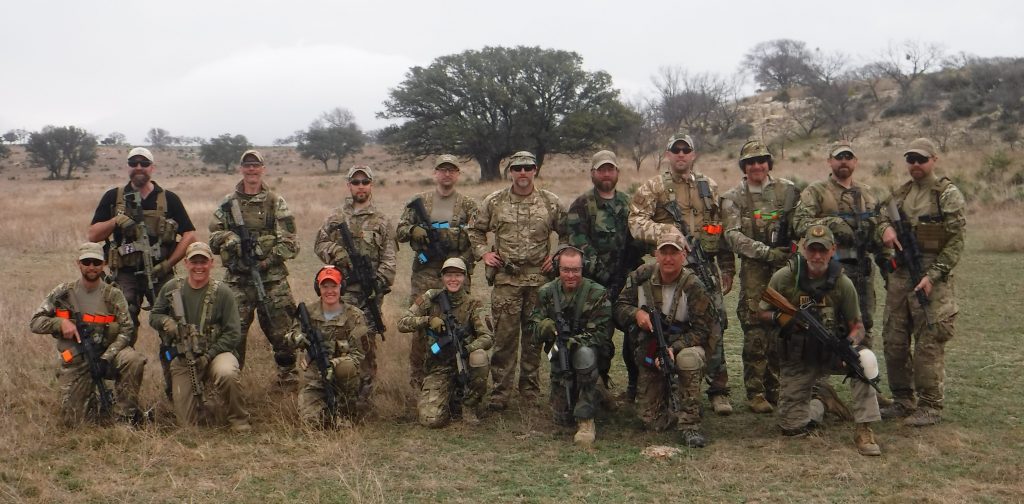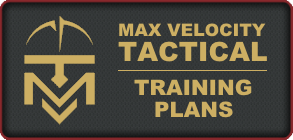Student Review: Texas CTT / Mobility 5 Day: Vagabond
Review of CTT/Mobility Texas class, February 2016
While I’ll exert effort to make this review logical, relevant and accurate, it wouldn’t be right not to say that I write this piece with enthusiasm. The course fulfilled what I wanted to achieve, and at the same time surpassed expectations in every way. If you are ADD go ahead and stop reading here and take this as a 5 Star recommendation, but if you want more feel free to read the ‘who, how, what and why’s to follow.
The Writer’s Perspective:
I took the class because I – like many others- do not believe it when the Great Wizard (as in Oz) blows smoke and tells me all is well and getting better every day. My take on national and world events is not ‘if’ but ‘when,’ and ‘where first.’ If you ever feel historically minded look up New Your Times headlines in the years leading up to WWII and you will immediately feel an ominous Deja vu.
However, those whom I would call the more switched-on authors always state that whatever happens globally and nationally, is ‘local, local, local’ the defines how any individual or family will fare in times of trouble. I live in Texas which means there is a good economy, plenty of guns, but LOTS border issues. The intention is to be ready for ‘whatever, whenever.’
I’m not a vet. I’m 58 and have had various knee surgeries from past over-training in weights, running and martial arts, as well as stupid ‘no pain no gain’ methods from years past. Over the last few years I have sought out tactical and ‘prepper’ training where I can find it, some good, some good but not really relevant, and some not good at all. Same with gear.
However, I work out all the time, am lean, still decently athletic, BUT I still have a 58 year old body that has plenty of scar tissue and achy bits and pieces. I did train up before the course using one of the Tactical Fitness plans, which means fast marching and airborne shuffling with a pack is totally, completely another thing from gym work and sprinting.
Then, I’m a doctor and have degrees in other things, and one thing I learned very quickly is that having a good ability to concentrate can quickly and automatically lead to even more ‘awareness tunneling’ than is apparent in people less analytically minded. This tendency bit me several times during the training.
So, I’m a concerned father who trains regularly as best as possible, who has a busy ‘day job’ and training in pistol and rifle craft to an intermediate level. But I have had no real training in team tactics, and none in mobility.
The Class Members:
16 in all, I immediately found the general atmosphere friendly. We stayed in a lodge with roommates and the married couples of course with each other. It wasn’t hard to break the ice, and by the second night some lively conversations were taking place on various topics. There were several PhD types in the group, some tradesmen, and some engineers. 6-7 people or so were there for their 2nd or 3rd class, which was a major compliment to Max.
Everyone who was there wanted to be there. Fitness levels varied from quite fit to not so fit. However, the class expectation is that you push yourself to the level you are comfortable with…or maybe ‘manageably uncomfortable’ would be a better way to put it.
Physical Demands:
Because of the non-square range ethos and demands for realism, most of the shooting was performed from kneeling or prone positions which implies up-down, up-down, and eventually up-dash-down, or even up-dash-down-crawl-roll-up-shoot etc. So, the demands were more along the lines of holding body positions for some minutes while shooting or covering, followed by brief and reasonably quick trots or dashes while moving from cover to cover.
It was not necessary to be in marathon runner shape. While we did not wear heavy load outs, even the vest with filled mags would become heavy on the shoulders after a time.
The days themselves started right after breakfast, on time, and everything ran well to time, a factor I immensely appreciated. No idle, wasted time and the breaks we took were breaks we needed. The days were full, but not crazy. So, the point was to engage in a full training day, but not to run some kind of a ‘civlianized’ SOF selection where everyone is pushed to puking. Far from it.
Teamwork:
I’ve always been an individual sports guy – weight lifting, track, boxing etc. However, very early on I found myself with a ‘buddy.’ My ‘battle buddy’ was a great guy from up North, and as we worked together for several days I could increasingly see where he had perceptions and strengths that compensated for my weaker points. And, in the drills I definitely did not want to let him down and screw things up for him either.
It was a new experience for me, learning to work in rhythm with my buddy, e.g. to blend with his timing and movement as he would blend with mine until we would have ‘joint rhythm’. Then, training evolved into maneuvers and drills with 2 buddy pairs, and then to two 4 man teams performing different operations that were still coordinated.
The take-away is, ‘don’t leave home without your rifle, or your buddy.’ It was very evident that while ‘one is one,’ ‘two is four,’ and ‘four is eight.’ The integrated approach with each buddy and buddy pair having a set responsibility demonstrated that even in the adrenaline-inducing contact and break-contact live fire drills the demands are far more than one person could ever hope to handle.
This buddy pair modularity looks easily adaptable to prep teams, e.g. it would be very possible for a four-person family to organize exactly along the lines we practiced.
The Lessons:
In a nutshell everything we learned was designed to be a non-sexy, iron-clad reliable, as idiot proof as possible set of relevant actions that could be well perfected and used under stress.
With the rifle we learned and set up actual malfunction clearing drills. We then performed them under some stress and found that stress changes everything, with people clearing non-existent malfunctions when the only problem causing a failure to fire was they had neglected to switch the safety to ‘fire’ while under stress.
We practiced 2 and 4 man attack, break contact rear, break contact left and right, and flanking drills in the CTT course. In Mobility the principles were similar, only with a mounted profile, e.g. reverse from a road block, vehicles immobilized, even ‘men down’ and go-get them drills, all under live fire conditions.
Safety:
Still, the training was incredibly safe. First we would have a ‘mission brief’ for conceptual understanding. Then we would have a slow, relaxed walk-through. Then we would perform the drill, and then we might perform it with Max adding some ‘curve balls.’
We also evolved those drills from individual, to the buddy pair, to the larger teams.
End Notes:
My take-aways were practical, mental and even emotional. I have very high confidence in the drills we learned, and have practiced a couple of them in the weeks following the training and I await the chance to practice others. Mentally I learned about ‘analysis paralysis’ while under speed stress. Emotionally, I had to keep participating in actions I wanted to do, but felt I had little natural talent for largely due to the ‘mind set’ I spoke of that gets in the way under ‘tactical’ circumstances; in other words I don’t like feeling like an idiot, or ‘lunatic’ as Max so affectionately called me at rather high volume following a muffed drill…..
Others will have certainly had different experiences and take-aways, but my summary is that it has been my most valuable training to date.
Vagabond


